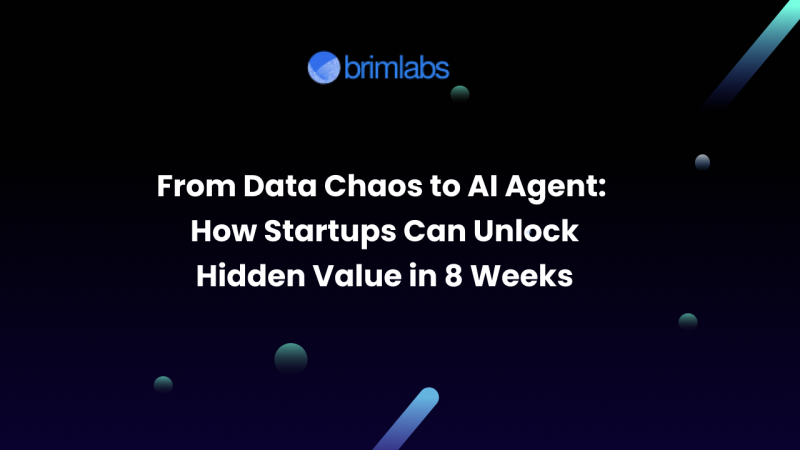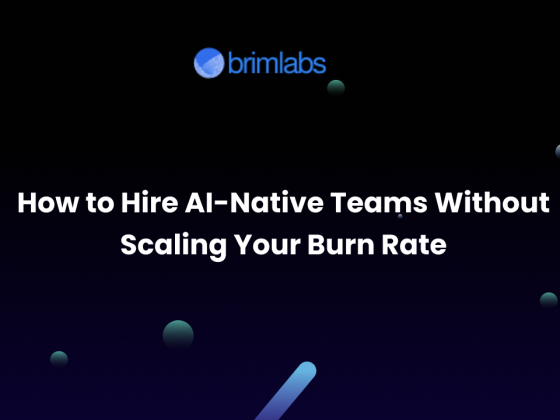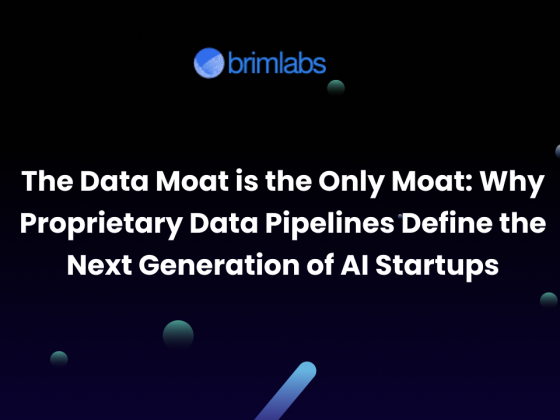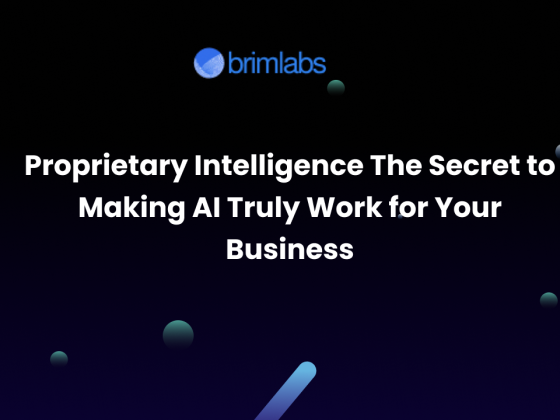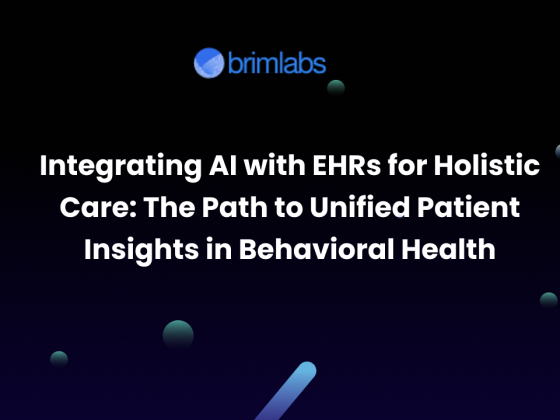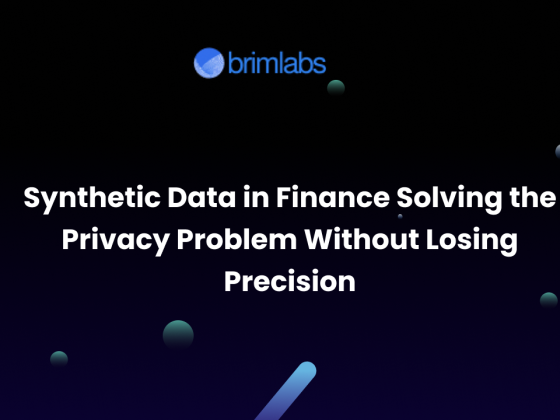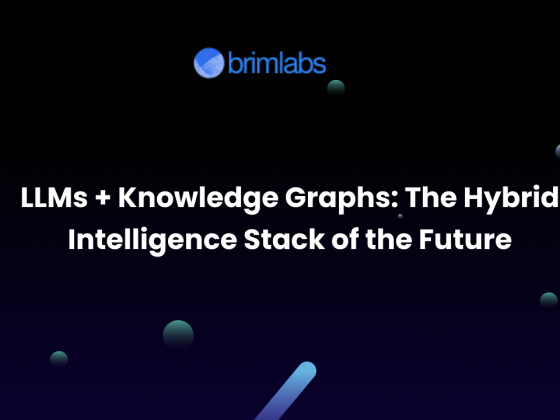In small startups and businesses, data is often messy, fragmented, and underleveraged. Yet within those siloes, logs, user events, CRM entries, feedback forms, and support tickets lie rich signals. The challenge is converting that “data chaos” into structured insight and then elevating it further into autonomous AI agents that can act, reason, and deliver real value.
What if a startup could go from raw data to a working AI agent in just 8 weeks? With the right strategy, architecture, and execution cadence, this is not a fantasy. It’s an accelerated pathway startups can adopt to gain differentiation, efficiency, and product innovation.
Below is a detailed blueprint for how to execute this transition, covering mindset, structure, key risks, and sample deliverables week by week.
Why Go from Data to Agent?
Before diving in, let’s crystallize the “why.” There are 3 compelling motivations.
- Amplification of scarce resources: Early-stage startups often have lean teams. Agents help automate repetitive cognitive tasks such as data summarization, routing, and anomaly detection, freeing engineers and domain experts to focus on high-leverage work.
- New product and feature opportunities: A working agent unlocks conversational interfaces, proactive suggestions, queryable dashboards, or even AI co-pilot features built directly into your product.
- Competitive moat: While many startups collect data, far fewer operationalize it. A properly designed agent can serve as a persistent advantage that competitors will struggle to replicate quickly.
The 8-Week Roadmap
The process begins before week 1, with alignment and preparation. This involves meeting with stakeholders to identify high-value use cases, auditing available data, and choosing the technology stack. At this stage, a project charter is written, a data audit plan is defined, and a development sandbox is created to ensure the team has a clean runway to start.
Week 1 focuses on discovery and ingestion. The team inventories all data sources from application logs and relational tables to customer feedback and third-party APIs, and sets up pipelines to ingest them into a staging environment. Profiling tools highlight issues such as missing values or schema drift. The goal here is a clear catalog of data and early connectors that automate collection.
In week 2, the spotlight shifts to cleaning, normalization, and enrichment. This involves aligning schemas, removing duplicates, unifying keys across sources, and enriching data with new features or external attributes. By the end of this stage, the startup has a consolidated and reliable dataset that can serve as a single source of truth for further experimentation.
Week 3 establishes an analytical baseline. Dashboards and exploratory models are built to surface trends, segments, and anomalies. The team also creates performance benchmarks such as classification accuracy, latency, and throughput, which serve as reference points for future agent performance.
By week 4, the focus moves from data engineering to agent design. This means choosing the agent’s scope, defining the taxonomy of actions it can perform, and setting the context and memory strategy. Prompt architectures and integration flows are mapped out, and the team documents how the agent will interact with existing systems.
Week 5 brings the first prototype. The team builds a minimal working agent that can parse inputs, query the knowledge base, call the language model, and produce a useful response. At this stage, the agent may only handle a narrow class of queries, but it is functional and testable.
Week 6 is about making the agent smarter. Developers add error handling, fallback strategies, memory for context, and better prompt structures. Feedback loops are introduced so that when humans override the agent, those corrections feed into the system to improve future performance.
Week 7 integrates the agent into real workflows. Security layers, authentication, and guardrails are applied, along with monitoring systems that track latency, error rates, and costs. The agent is now connected to the application or console where users can interact with it.
Finally, week 8 is reserved for piloting and refinement. The agent is released to internal teams or early customers for testing. Feedback is gathered both qualitatively and quantitatively, edge cases are addressed, and the product is hardened for production. By the end of this sprint, the startup has a working agent, lessons learned, and a roadmap for scaling.
Risks and Mitigations
Every ambitious sprint carries risks, but most can be managed with foresight.
One risk is data drift. Source schemas may change or data pipelines may break. To mitigate this, teams should automate schema detection and maintain version-controlled pipelines.
Another challenge is hallucination, where the agent generates incorrect or misleading outputs. Guardrails, confidence thresholds, and human-in-the-loop workflows help contain this.
Startups also face the risk of insufficient labeled data. This can be mitigated by using weak supervision, human feedback, or focusing on narrower domains at first.
Costs can also balloon if large models are called indiscriminately. Teams should adopt a tiered strategy, using smaller models for routine queries and reserving larger models for complex reasoning.
Finally, there is the risk of overpromising. Startups must position this 8-week journey as a prototype sprint, not a polished enterprise solution. Clear communication and controlled scoping are essential.
Why 8 Weeks is Achievable
The idea of going from raw data to an intelligent agent in 8 weeks may sound ambitious, but it is feasible. Modern infrastructure such as managed warehouses, plug-and-play ETL tools, and hosted LLM APIs significantly reduces setup time. Work can be parallelized, and minimal prototypes provide fast feedback that prevents wasted effort.
Success depends on 3 things: a tightly scoped use case, a team with adequate engineering maturity, and the discipline to learn and iterate. With those in place, 8 weeks is not just achievable, but optimal for early-stage ventures that cannot afford months of inertia.
Measuring Success
From day 0, metrics should be defined. Usage metrics show how often the agent is engaged and how often it escalates tasks to humans. Model metrics track precision, recall, and error rates. Operational metrics track latency, cost per query, and uptime. Most importantly, ROI metrics capture hours saved, response times reduced, or revenue generated.
When tracked weekly, these metrics ensure the project stays grounded in value creation rather than vanity demos.
Scaling Beyond the Pilot
The 8-week sprint produces a working agent, but it is just the beginning. Once successful, the scope can be expanded to new domains like product analytics, marketing automation, or operations. Multiple agents can be orchestrated together, creating systems that collaborate to solve complex tasks.
Over time, startups may build agent marketplaces within their products, where users can pick or configure specialized agents. The foundation laid in the first sprint makes all of this possible.
Final Thoughts
The journey from “data chaos” to “AI agent” is not only technical but strategic. It’s about reimagining data as active intelligence rather than passive storage.
By following a focused 8-week roadmap, startups can validate the business value of agents, gain a first-mover advantage, and scale their operations without scaling headcount. The payoff is not just efficiency, but the creation of entirely new product experiences that competitors will struggle to match.
At Brim Labs, we specialize in helping startups make this leap with speed, precision, and co-founder-like commitment. If you’re a startup founder navigating messy datasets and ambitious goals, your hidden value is already within reach. With a structured approach, you can turn scattered data into a working AI agent in just 2 months, and that may be the smartest investment you ever make.

